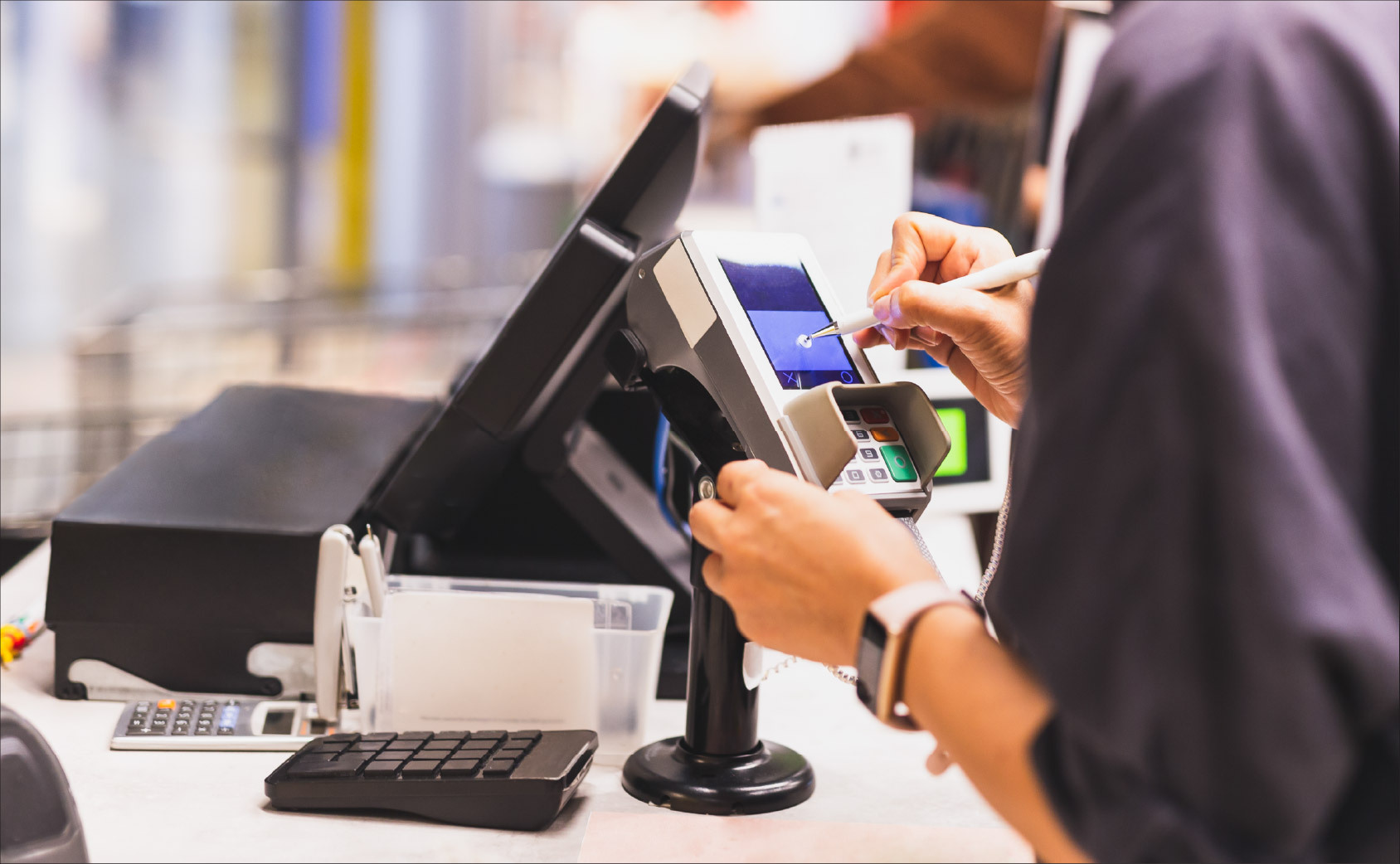South Korea’s Retail Revolution Explained: The Perfect Balance between Hardware, Software, and Services

The South Korea self-checkout system market showcases a robust structural balance among hardware, software, and services, each playing a pivotal role in the overall growth as retail automation gains traction. The hardware segment, commanding the largest market share at 52.8 percent, is the foundation of this market. This prominence is largely due to the ongoing installation of advanced kiosks featuring barcode scanners, RFID readers, biometric authentication, touchscreen displays, and multi-payment interfaces. As South Korean retailers strive to improve operational efficiency and enhance customer experience, prioritizing hardware upgrades has become essential. Major supermarket chains like Lotte Mart, E-Mart, and Homeplus are transitioning from traditional checkout counters to compact, modular kiosks that conserve floor space while facilitating quicker transactions. The rise in contactless payment options following the COVID-19 pandemic has further accelerated the transition to cashless self-checkout solutions. Additionally, the growth of convenience store chains such as GS25 and CU has heightened the demand for cost-effective, space-efficient hardware to enable rapid deployment in smaller retail environments.
The software segment, which represents approximately 29.4 percent of the market, is crucial for ensuring interoperability, scalability, and intelligence within self-checkout systems in South Korea. Retailers increasingly seek adaptive and flexible software solutions as they integrate self-checkout units with their existing POS, ERP, and CRM systems. The shift towards cloud-based platforms allows centralized management of pricing, promotions, and customer engagement across various outlets. The integration of artificial intelligence and machine learning is transforming software capabilities, enabling features such as image recognition for product identification, fraud detection, and dynamic adjustments to user interfaces. Leading technology providers like LG CNS and Shinsegae I&C are developing proprietary software ecosystems that merge checkout automation with real-time inventory management, digital receipts, and loyalty programs. The swift adoption of digital payment methods such as Samsung Pay and Naver Pay is also influencing software requirements, leading vendors to create platforms that are compatible with diverse payment systems and regional regulations. Support from the government for digital transformation initiatives, especially under the Smart Retail and Smart City frameworks, continues to foster innovation in software-driven automated checkout solutions.
The services segment, holding a 17.8 percent market share, is experiencing steady growth as retailers increasingly emphasize technical support, predictive maintenance, and system upgrades. This segment includes installation, integration, and maintenance services that ensure the seamless operation of self-checkout systems across various retail formats. As the complexity of connecting these systems with legacy POS networks, loyalty programs, and payment infrastructures grows, the demand for professional service providers becomes essential. There is an increasing need for managed services and multi-year maintenance contracts, particularly among large retail chains and hospitality sectors looking to reduce downtime and enhance ROI.
Companies like Diebold Nixdorf and NCR Corporation are actively offering comprehensive service packages that include remote diagnostics, software updates, and cybersecurity measures. Amid the evolving landscape of cyber threats targeting payment terminals and customer data, retailers are prioritizing continuous monitoring and compliance services to maintain consumer trust.
Moreover, the services segment is benefitting from an increasing trend toward system customization and localization. Retailers are seeking tailored user interfaces and region-specific language options to boost accessibility. Integration with popular payment applications such as KakaoPay and Toss requires regular software maintenance and firmware updates, further driving the demand for services. The growing prevalence of AI-powered self-checkout units necessitates continual calibration and performance optimization, which adds to the requirement for professional technical support.
In conclusion, the interaction between hardware, software, and services indicates a maturing ecosystem within the South Korea self-checkout system market. While hardware continues to lead in revenue due to substantial infrastructure investments by large retailers, software is vital for long-term competitiveness by enabling automation, analytics, and personalized user experiences. The services component fosters sustainability and reliability, reinforcing consumer confidence in automated retail environments.
As technology progresses, it is anticipated that the market will evolve toward a structure where software and service components acquire a larger share, facilitated by subscription-based models, remote management platforms, and AI integration.